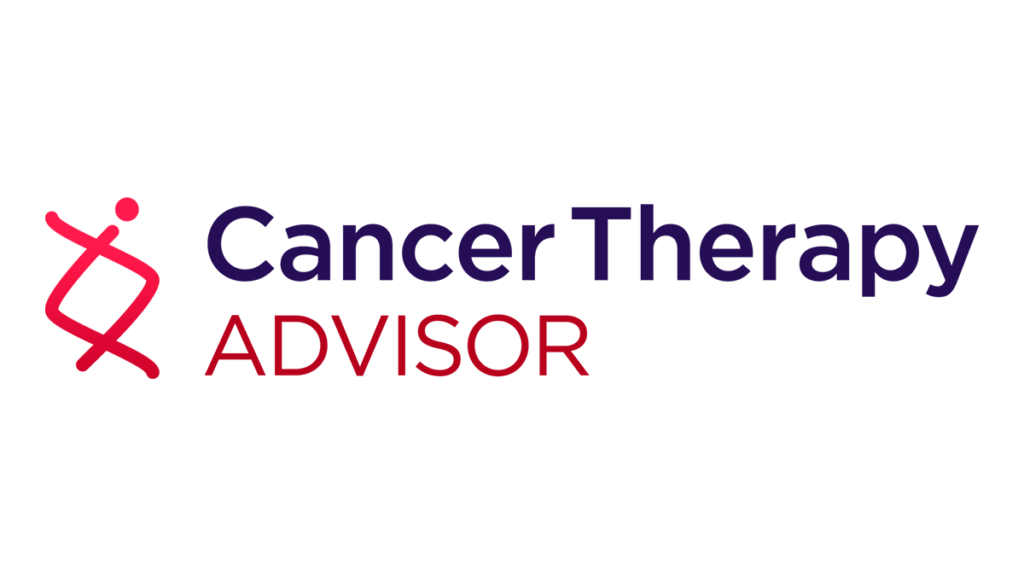
ASCO’s updated guidelines for stage III-IV epithelial ovarian, fallopian tube, and primary peritoneal cancer establish clear protocols for treatment selection between primary cytoreductive surgery and neoadjuvant chemotherapy. The recommendations, based on 61 studies, address initial patient evaluation, genetic testing, surgical candidacy, chemotherapy regimens, and maintenance therapy options.
Key Points:
- Patient evaluation by a gynecologic oncologist is mandatory before initiating therapy, requiring CA-125 testing, CT imaging of abdomen/pelvis with contrast, and chest imaging. Additional evaluation tools include laparoscopy, diffusion-weighted MRI, FDG-PET scan, ultrasound, and endometrial biopsy for differential diagnosis.
- Genetic testing requirements have expanded – all patients must be offered both germline and somatic testing for BRCA1/BRCA2 at diagnosis or earliest opportunity. Somatic tumor testing should include homologous recombination measurements.
- Primary cytoreductive surgery remains the first choice for surgery-fit patients with high likelihood of complete cytoreduction. Neoadjuvant chemotherapy is preferred for patients unlikely to achieve complete cytoreduction or those with high perioperative risk.
- The preferred neoadjuvant chemotherapy protocol consists of a platinum-taxane doublet, particularly for high-grade serous or endometrioid cases. Interval cytoreductive surgery should follow within 4 cycles if disease is stable or responding.
- Post-surgical recommendations include completion of chemotherapy (typically 6 total cycles), with options for bevacizumab addition after healing. Maintenance therapy decisions should balance patient preferences with potential benefits and side effects.

HCN Medical Memo
The updated ASCO guidelines emphasize personalized treatment selection based on surgical candidacy, genetic profile, and patient factors, while maintaining the importance of gynecologic oncologist oversight throughout the treatment journey.
Ovarian Cancer Summaries
 PATIENT EDUCATION
PATIENT EDUCATION  OBESITY/WEIGHT MANAGEMENT
OBESITY/WEIGHT MANAGEMENT  EXERCISE/TRAINING
EXERCISE/TRAINING  LEGAL MATTERS
LEGAL MATTERS  GUIDELINES/RECOMMENDATIONS
GUIDELINES/RECOMMENDATIONS